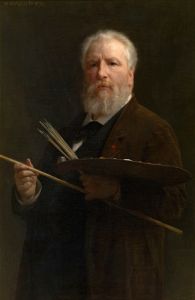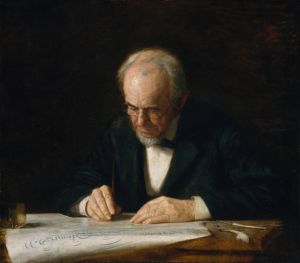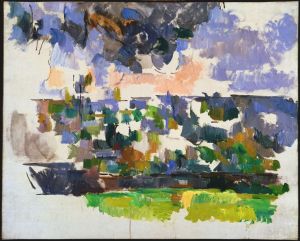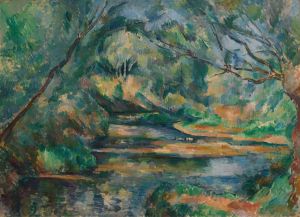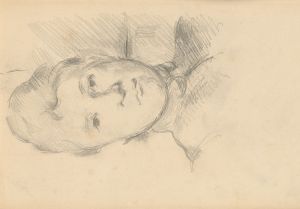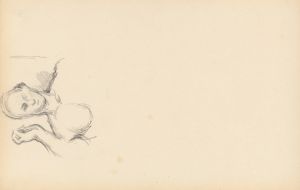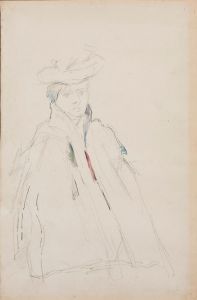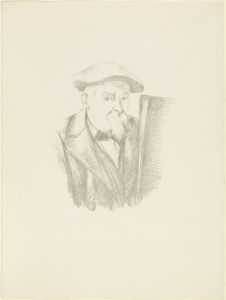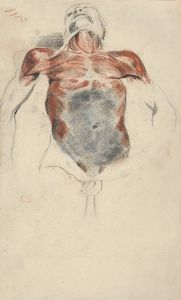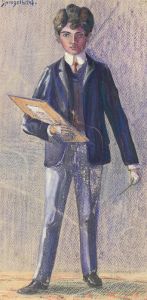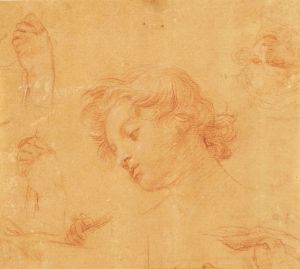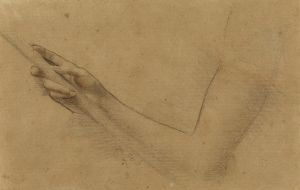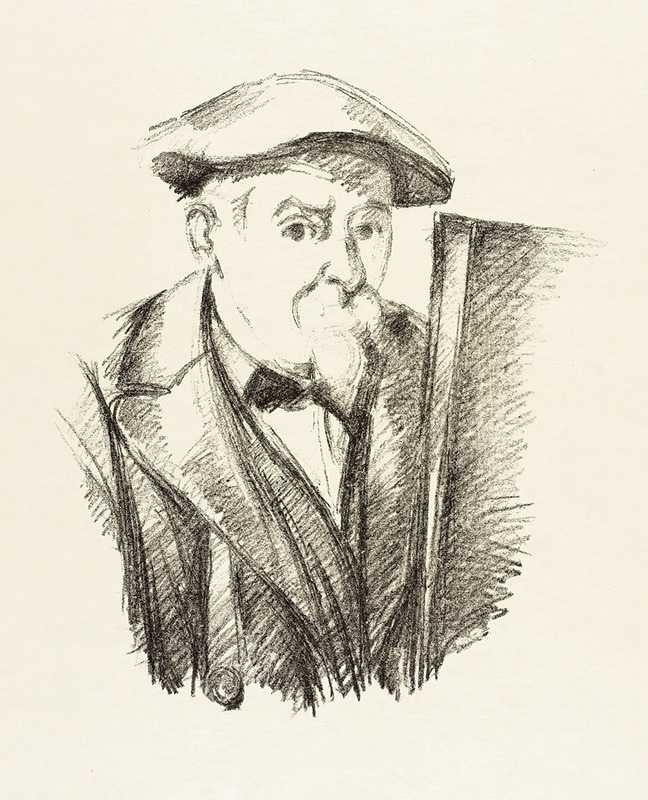
Self-portrait
A hand-painted replica of Paul Cézanne’s masterpiece Self-portrait, meticulously crafted by professional artists to capture the true essence of the original. Each piece is created with museum-quality canvas and rare mineral pigments, carefully painted by experienced artists with delicate brushstrokes and rich, layered colors to perfectly recreate the texture of the original artwork. Unlike machine-printed reproductions, this hand-painted version brings the painting to life, infused with the artist’s emotions and skill in every stroke. Whether for personal collection or home decoration, it instantly elevates the artistic atmosphere of any space.
Paul Cézanne's "Self-portrait" is a significant work in the oeuvre of the French Post-Impressionist painter, who is often credited with bridging the gap between late 19th-century Impressionism and the early 20th century's new line of artistic inquiry, Cubism. Cézanne, born on January 19, 1839, in Aix-en-Provence, France, is known for his unique method of building form with color and his analytical approach to nature.
The "Self-portrait" by Paul Cézanne is one of several self-portraits he created throughout his career. This particular painting is believed to have been completed around 1875, during a period when Cézanne was increasingly focused on developing his distinctive style. The work is executed in oil on canvas, a medium that Cézanne mastered to explore the complexities of light, color, and form.
In this self-portrait, Cézanne presents himself with a direct and somewhat intense gaze, reflecting his introspective nature and dedication to his craft. The brushwork is characteristic of Cézanne's technique, with visible, deliberate strokes that build up the texture and depth of the image. The palette is relatively subdued, dominated by earthy tones and muted colors, which is typical of his work during this period.
Cézanne's approach to self-portraiture was not merely about capturing a likeness but also about exploring the deeper aspects of his identity and his relationship with the act of painting. His self-portraits often reveal a sense of isolation and introspection, which can be linked to his somewhat reclusive personality and his relentless pursuit of artistic perfection.
The composition of the "Self-portrait" is carefully constructed, with Cézanne's head and shoulders filling the frame. The background is plain and unadorned, ensuring that the viewer's focus remains on the artist's face and expression. This simplicity in the background contrasts with the complexity of the facial features, which are rendered with a combination of broad and fine brushstrokes.
Cézanne's influence on modern art cannot be overstated. His innovative use of color, form, and perspective laid the groundwork for the development of Cubism and abstract art. Artists such as Pablo Picasso and Henri Matisse have acknowledged Cézanne's profound impact on their work, often referring to him as "the father of us all."
The "Self-portrait" is housed in various collections around the world, with notable examples in institutions such as the Musée d'Orsay in Paris and the National Gallery of Art in Washington, D.C. Each of these self-portraits offers a unique glimpse into Cézanne's evolving self-perception and his artistic journey.
In summary, Paul Cézanne's "Self-portrait" is a testament to his skill and his introspective approach to art. Through his innovative techniques and thoughtful composition, Cézanne not only captured his own likeness but also contributed significantly to the evolution of modern art.





